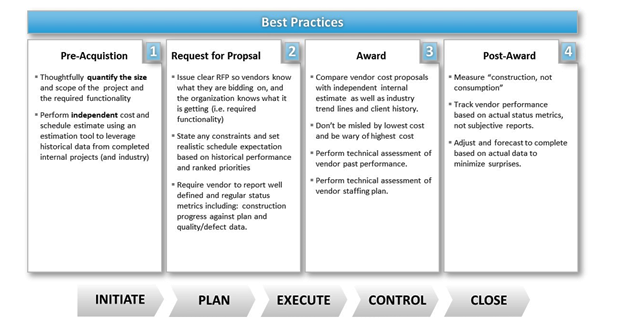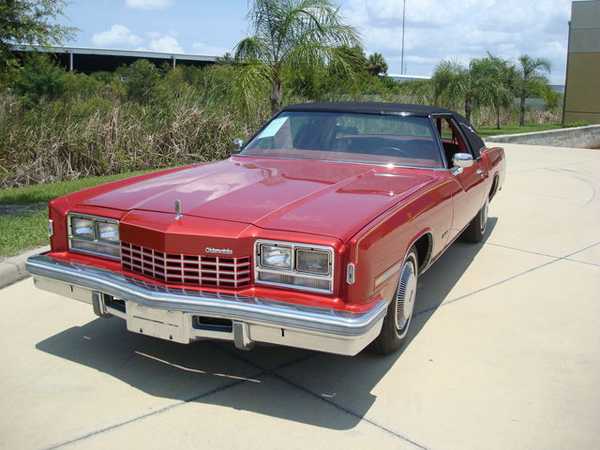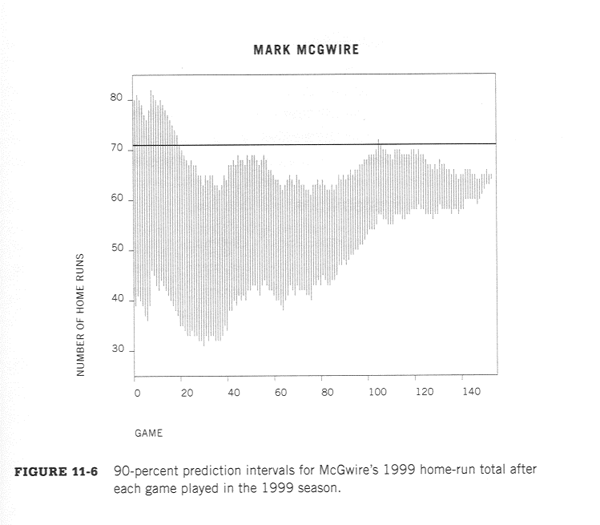New Article - 5 Core Metrics to Reduce Outsourced Software Project Failure

Outsourcing was supposed to make government IT executives’ lives easier. Yet in too many cases, it’s had the opposite effect, leading to cost overruns, inefficiencies, and solutions that do not work. Remember the initial rollout of Healthcare.gov? Exactly.
It doesn’t have to be this way. Believe it or not, there’s a proven solution that has stood the test of time. In 1977, Lawrence Putnam Sr. discovered the “physics” of how engineers build software by successfully modeling the nonlinear relationship between the five core metrics of software: product size, process productivity, schedule duration, effort and reliability.
In this article for GCN, QSM's Joe Madden explains how the five core metrics of software estimation make a powerful tool that can be used at each phase of the software acquisition life cycle to help government IT program managers make more objective, quantitative decisions.

 Too many projects are late, over-budget, under-delivered, or a combination. The problems continue despite widespread awareness and improvements in project management knowledge, tools, and process maturity.
Too many projects are late, over-budget, under-delivered, or a combination. The problems continue despite widespread awareness and improvements in project management knowledge, tools, and process maturity.  There is an old adage that if your only tool is a hammer, everything looks like a nail. We use the lessons learned and experience we have gained to address current issues. But if the problem (or software project) we face today is fundamentally different from those we’ve dealt with previously, past experience isn’t the proper framework. In effect, we will be using a hammer when a saw or a chisel might be the tools we need.
There is an old adage that if your only tool is a hammer, everything looks like a nail. We use the lessons learned and experience we have gained to address current issues. But if the problem (or software project) we face today is fundamentally different from those we’ve dealt with previously, past experience isn’t the proper framework. In effect, we will be using a hammer when a saw or a chisel might be the tools we need.

